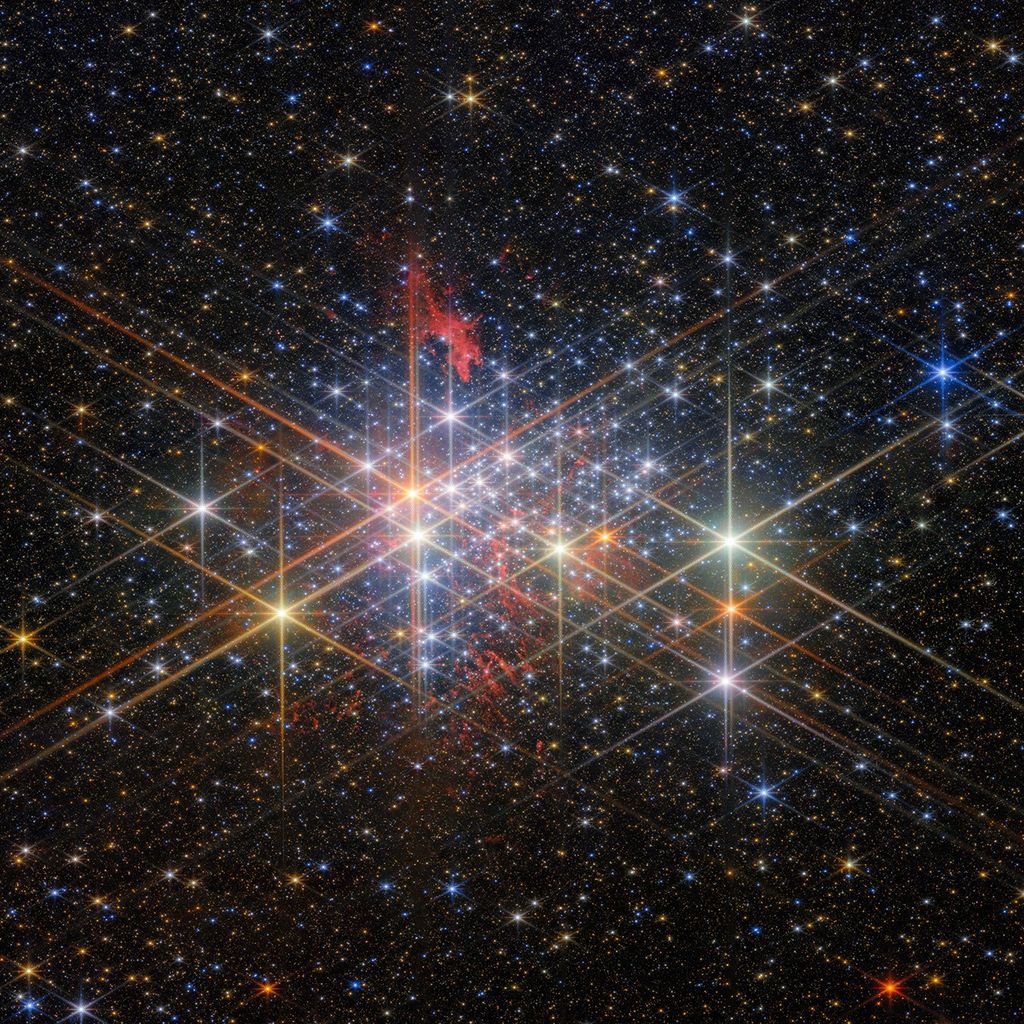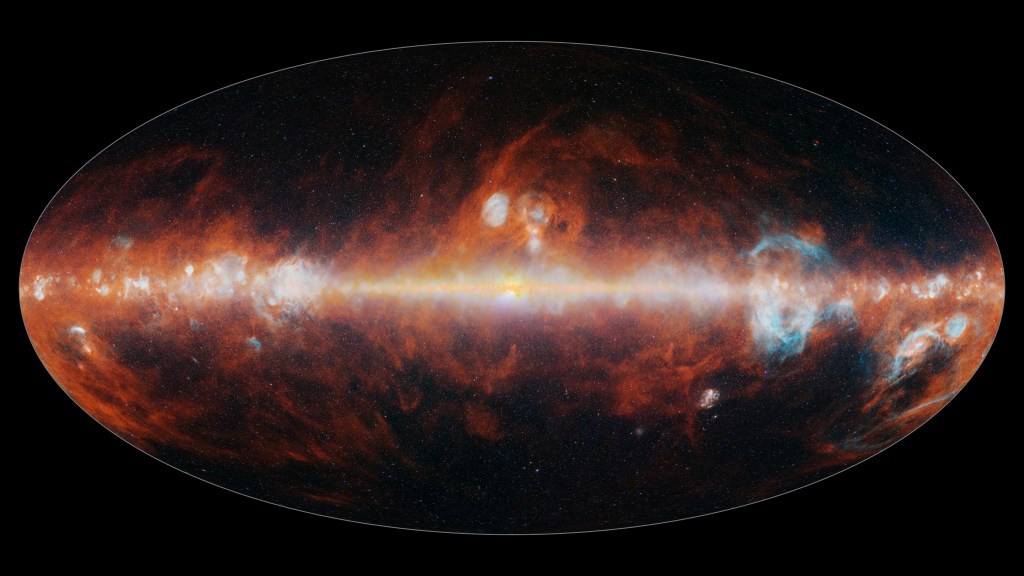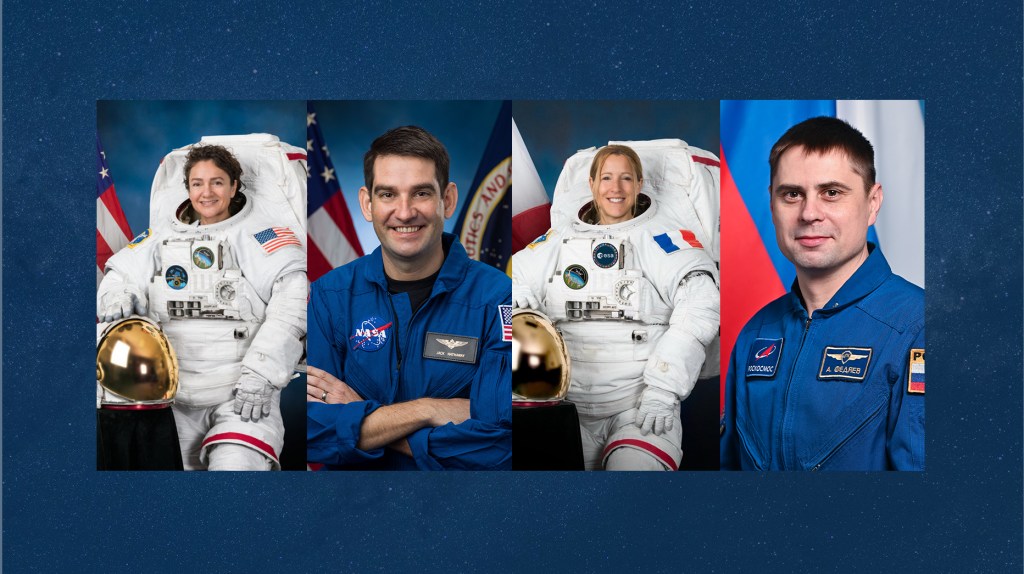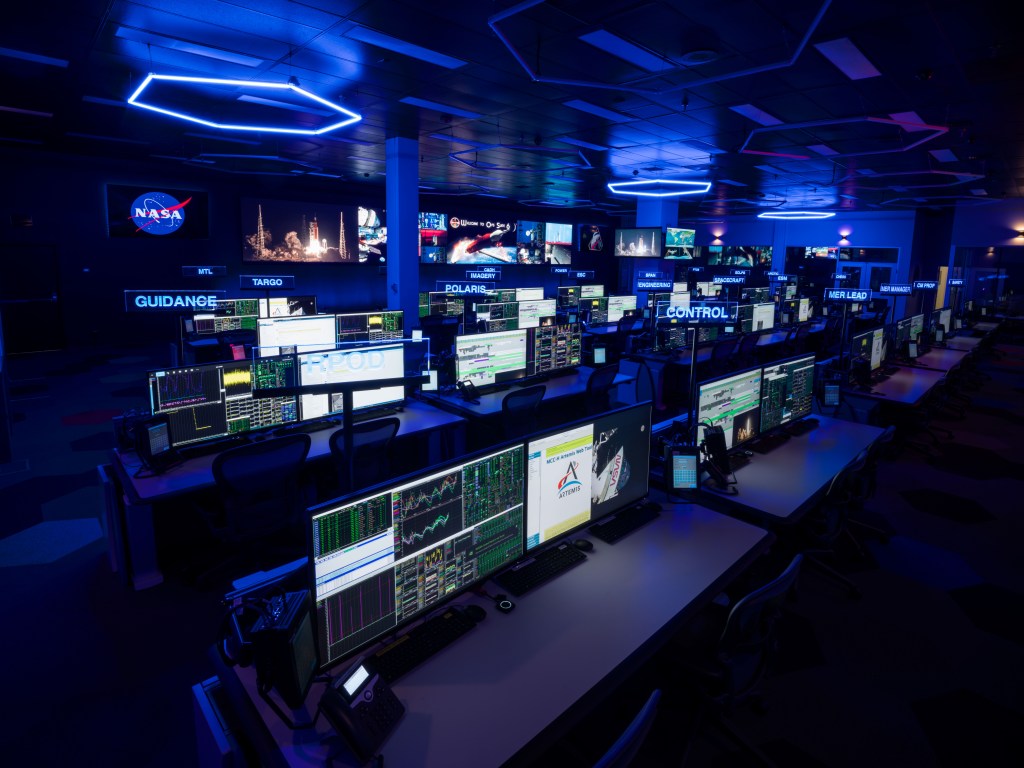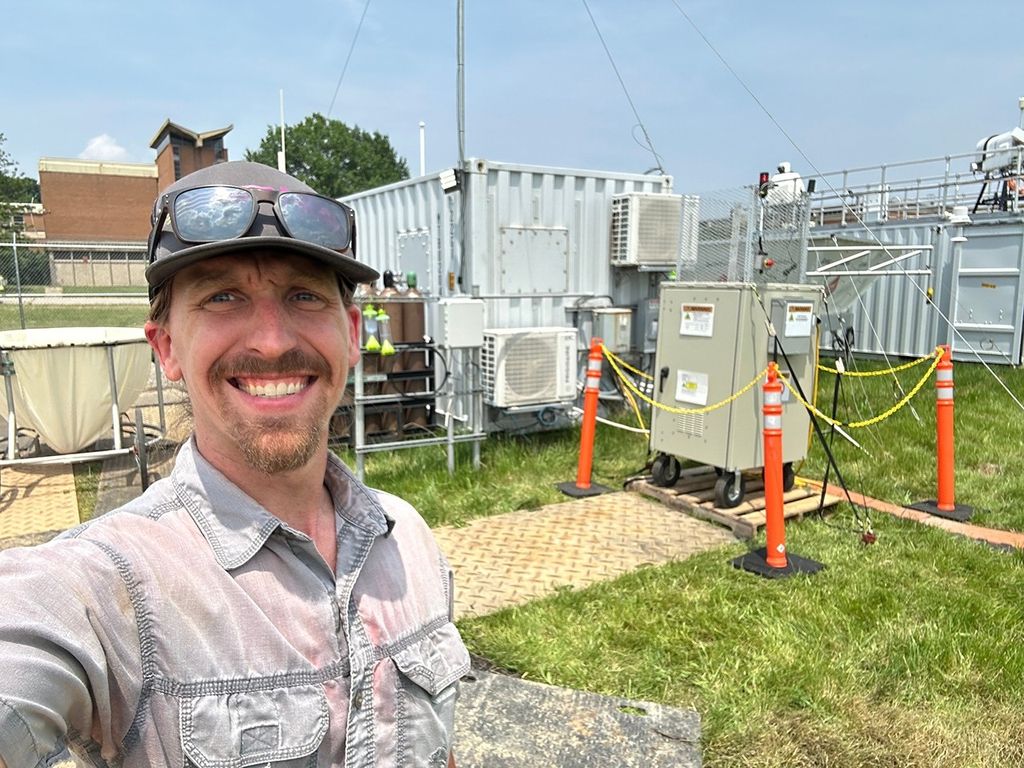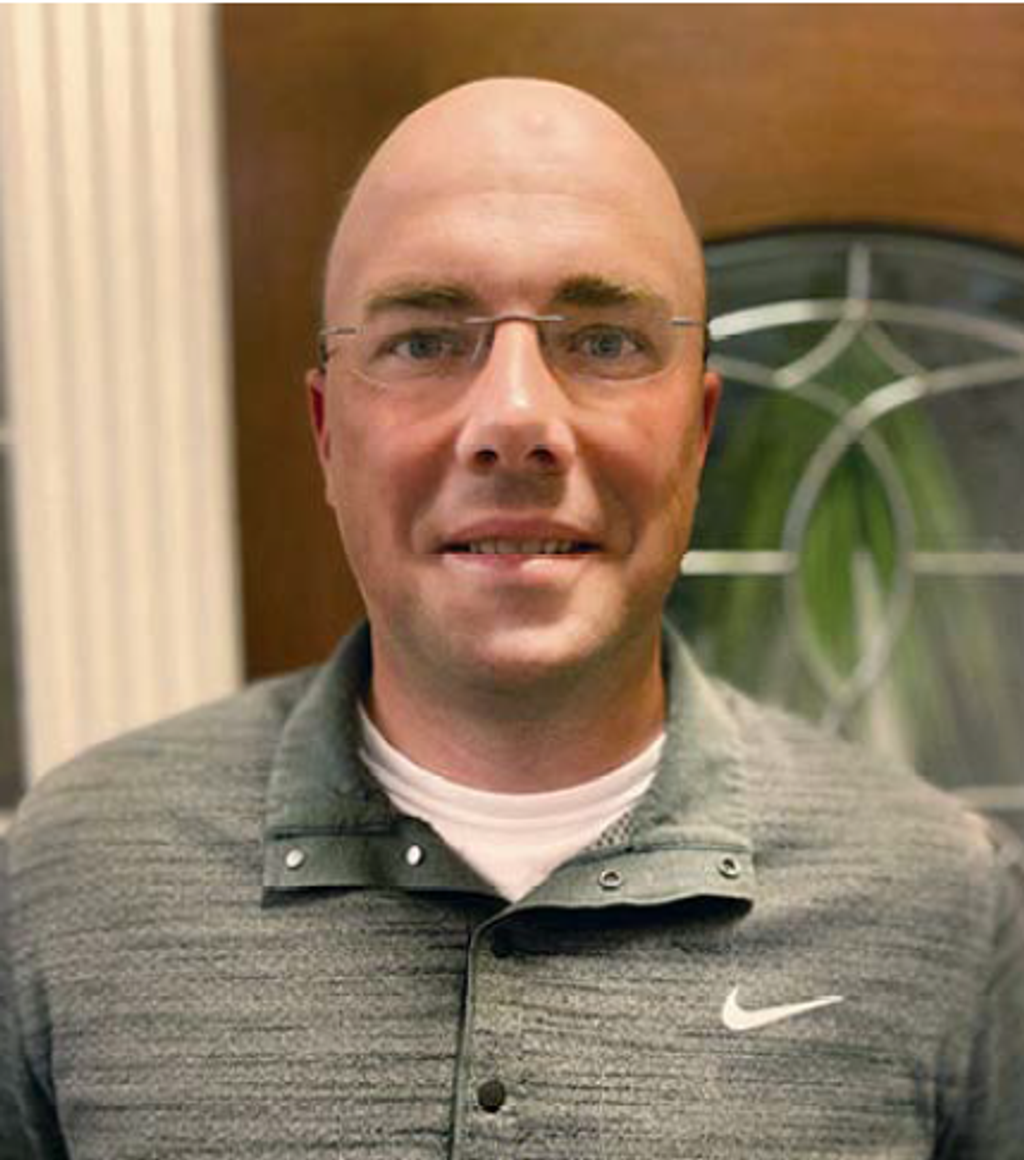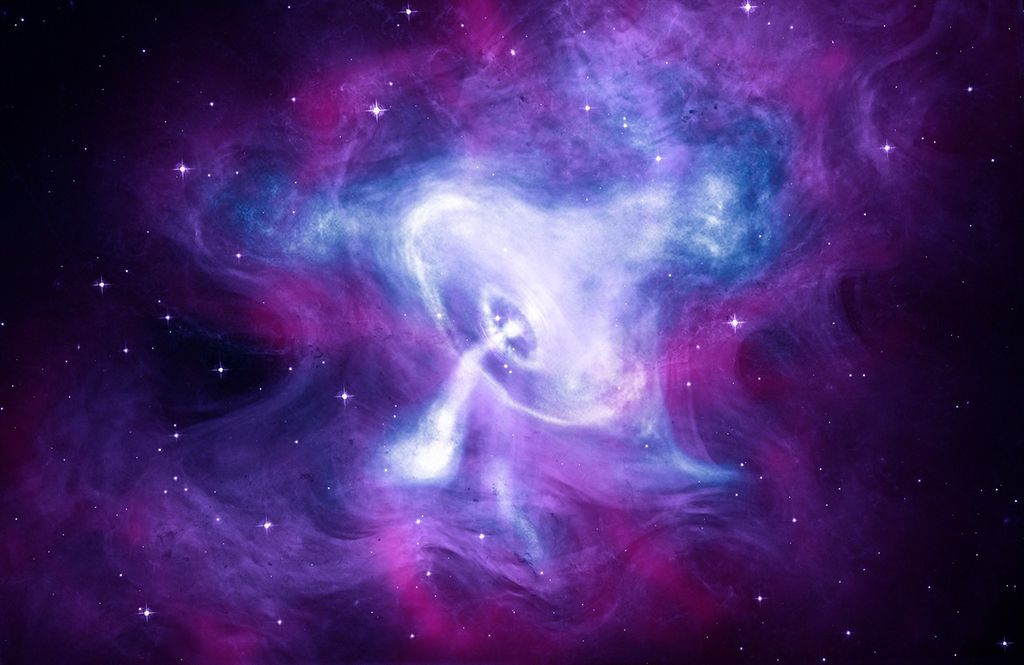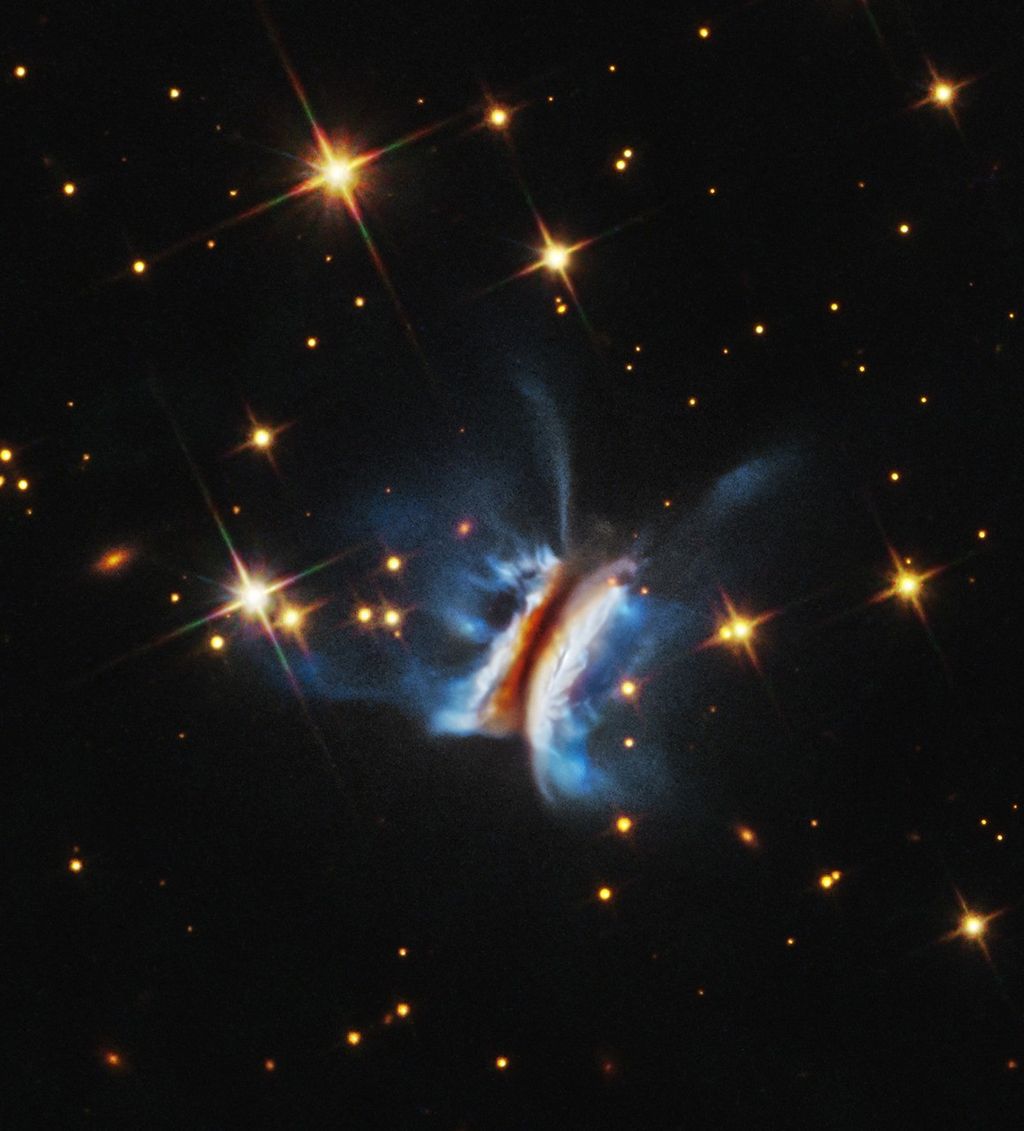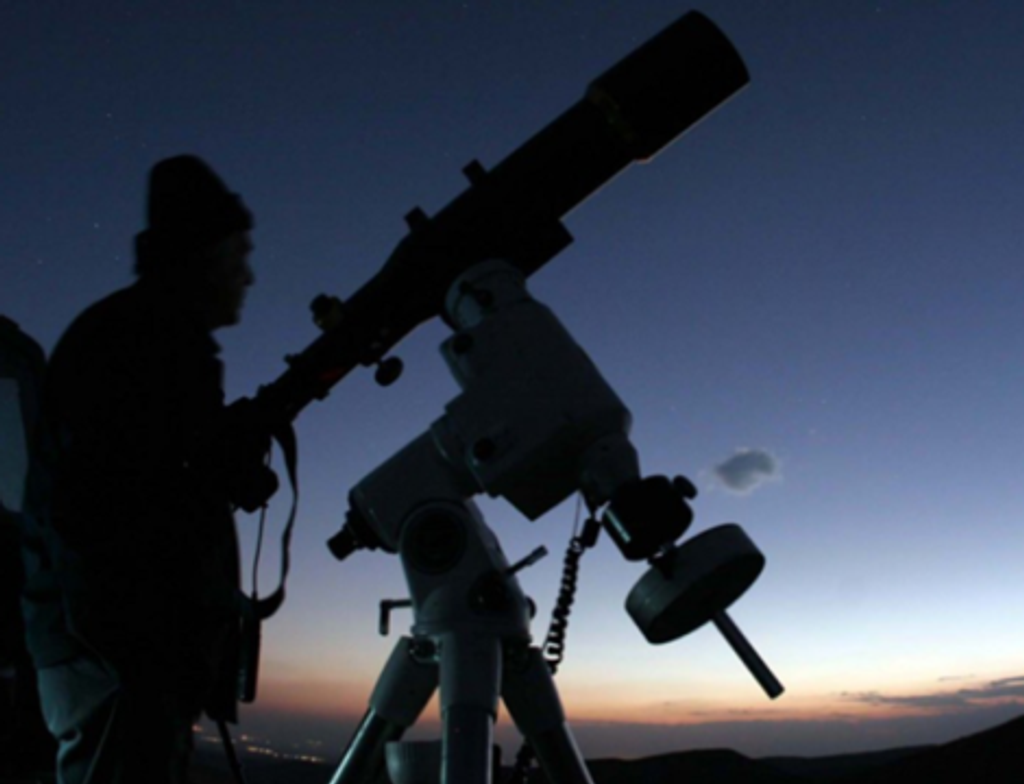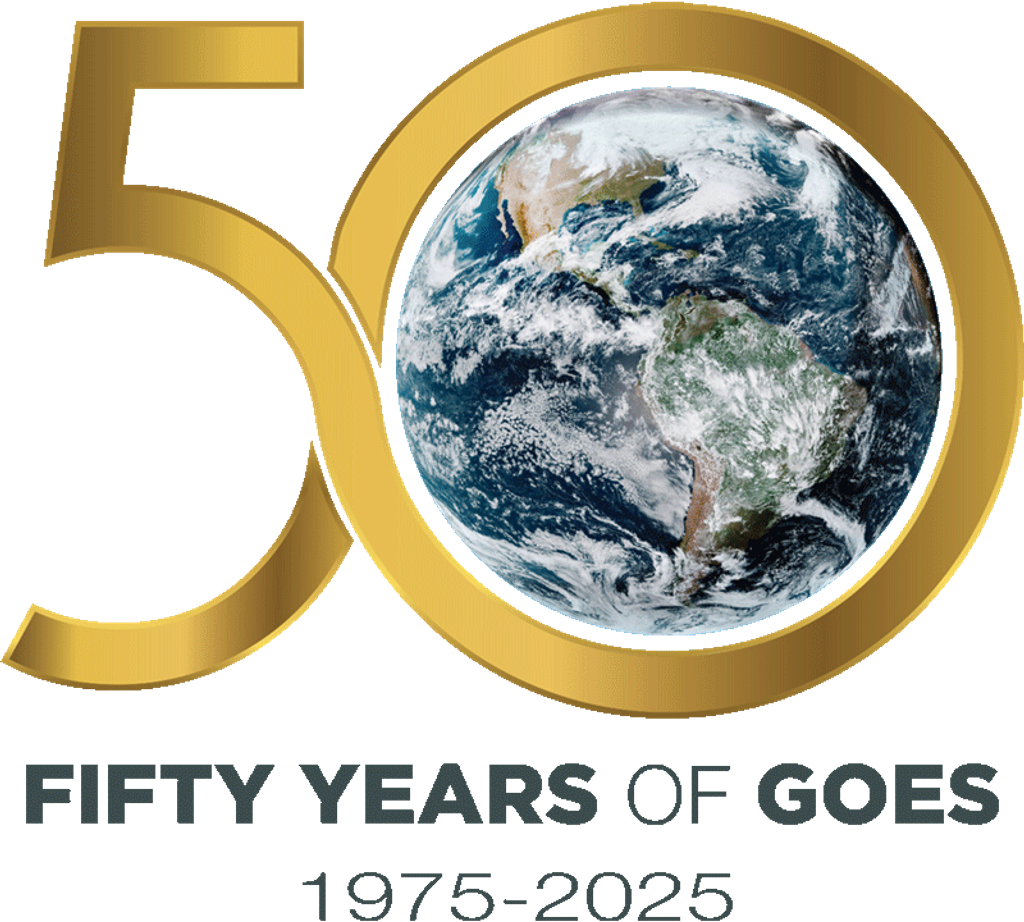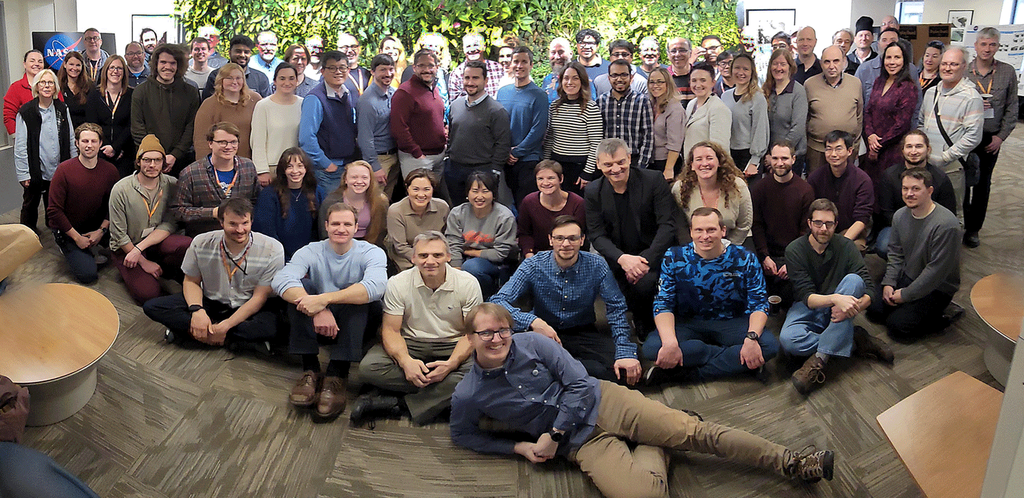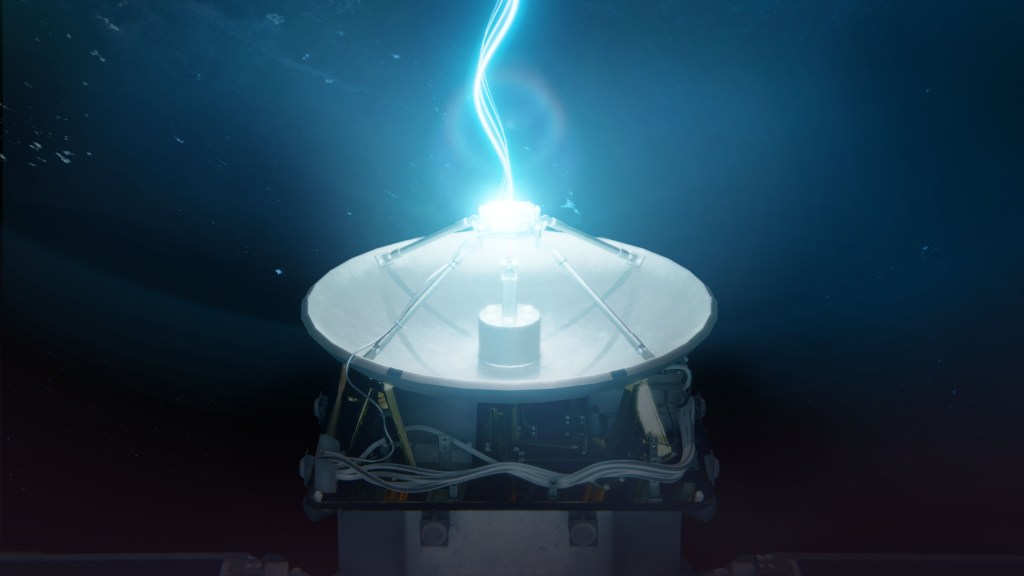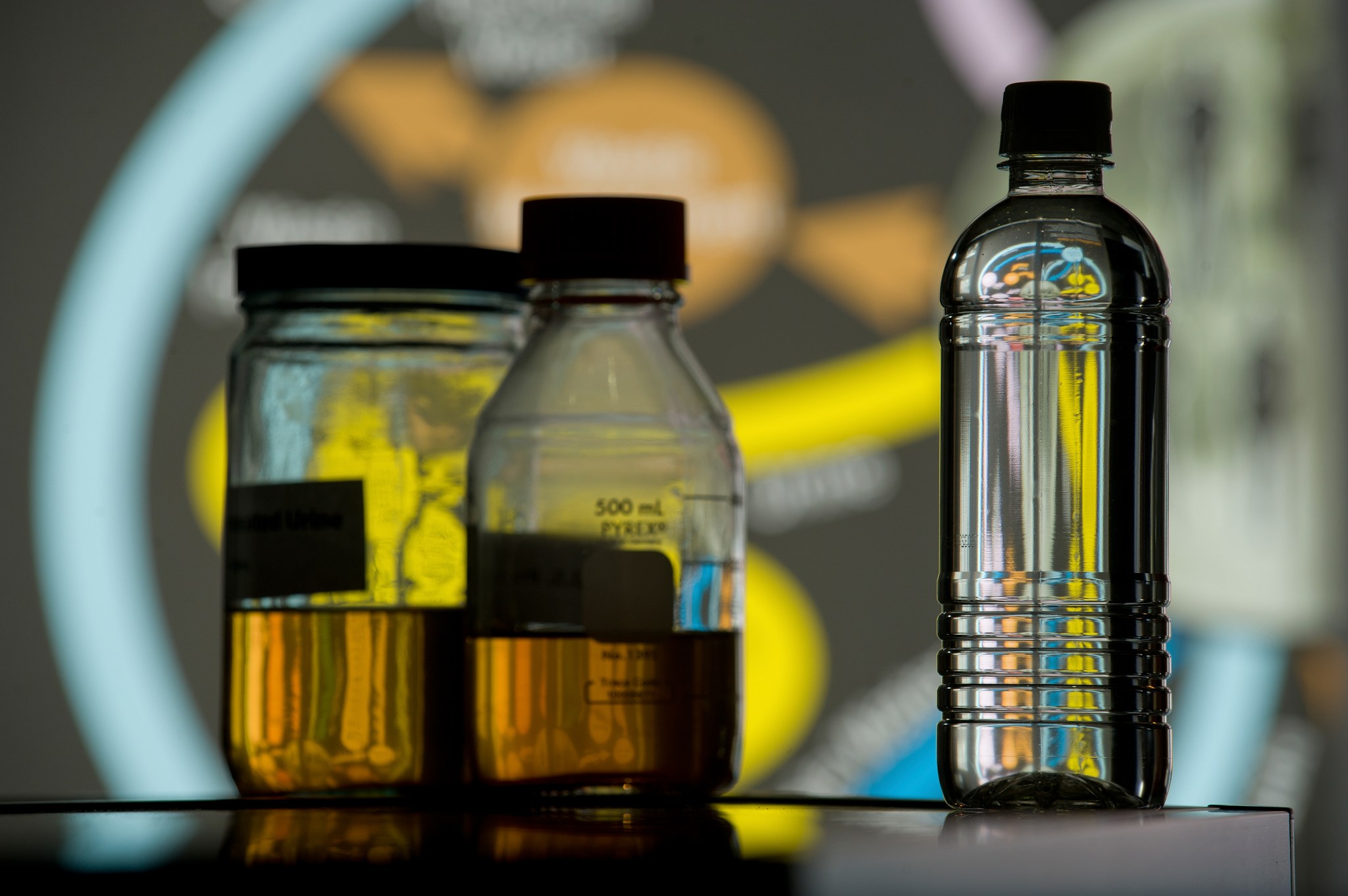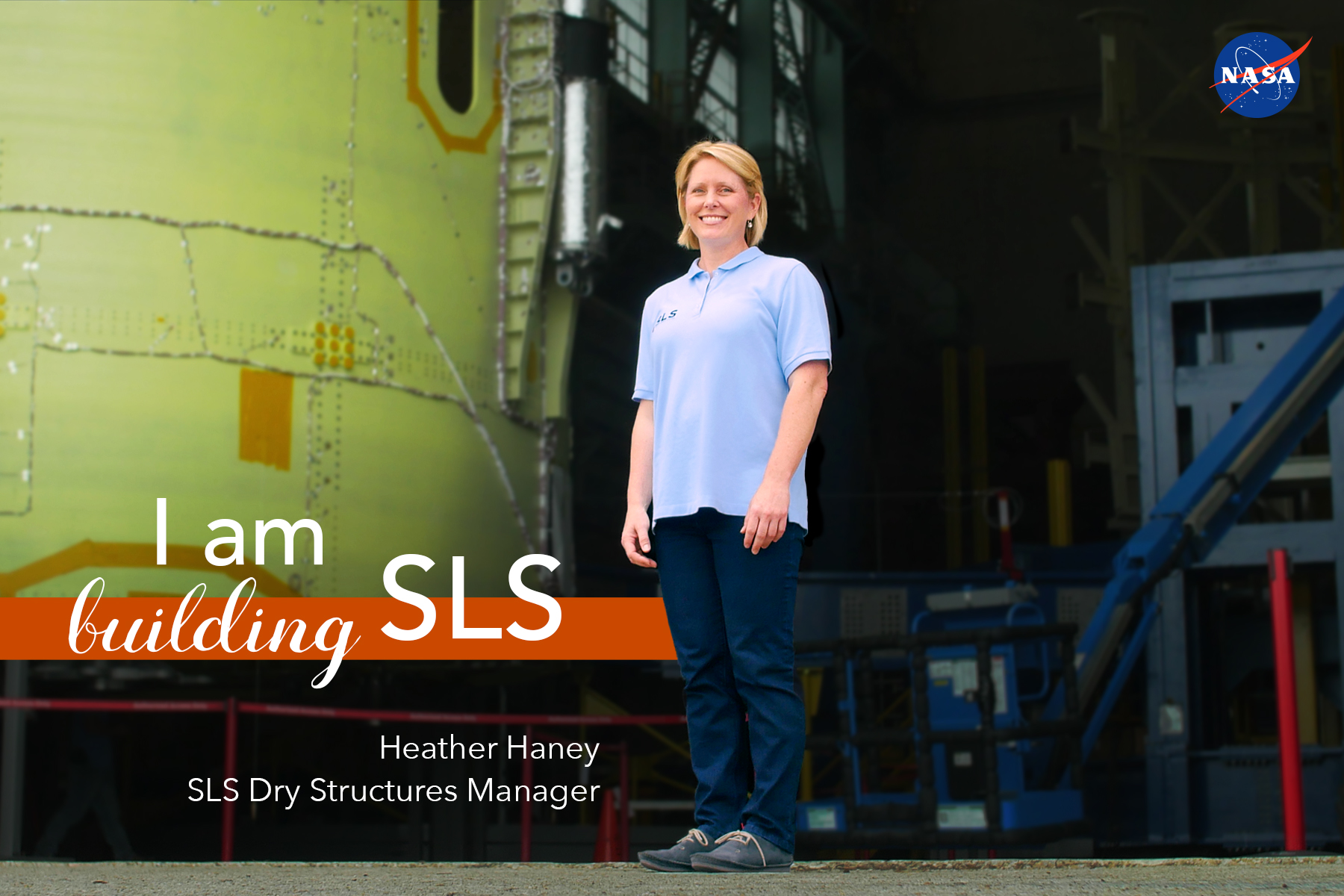In This Week’s Star
- NASA and Marshall to Recognize Outstanding Team Members at Annual Honor Awards Ceremonies
- Technology Research on Space Station Breathes Life into Life Support
- NASA Prepares for Aug. 21 Total Solar Eclipse with Live Coverage, Safety Information
- I am Building SLS: Heather Haney
- Chandra Samples Galactic Goulash
- Marshall Spinoff Keeps Your Mobile Devices Cool in the Heat of Summer
- This Week in NASA History: Apollo AS-203 Launches — July 5, 1966
- Obituaries
NASA and Marshall to Recognize Outstanding Team Members at Annual Honor Awards Ceremonies
NASA and the Marshall Space Flight Center will recognize more than 300 Marshall employees, contractors and teams during the annual Honor Awards Celebration in the Activities Building, Building 4316, on July 11. All Marshall team members are invited to attend.
Award presentations will be made during two ceremonies — agency-level Honor Awards at 10 a.m. and center-level Honor Awards at 2 p.m. The morning ceremony will recognize those who have made significant achievements to NASA’s mission at an agency level. The afternoon ceremony will recognize those who have made outstanding mission contributions to Marshall.
Ellen Ochoa, director of NASA’s Johnson Space Center, will be the keynote speaker at both ceremonies, which are themed, “Proud Legacy – Bold Future.” Ochoa will also present awards to the honorees at both ceremonies.
Announcing the agency-level awards will be Jonathan Pettus, Marshall Center associate director; Lisa Watson-Morgan, director of Spacecraft and Vehicle Systems Department, Engineering Directorate; and Johnny Stephenson, director of the Office of Strategic Analysis and Communications.
The center-level awards will be announced by Paul McConnaughey, Marshall Center technical associate director; Marcus Lea, director of the Office of Human Capital; and Richard Burt, director of Safety and Mission Assurance Directorate.
Steven Miley, director of the Office of Procurement, will emcee.
For a list of the NASA Honor Awards, click here.
For a list of the Marshall Honor Awards, click here.
Technology Research on Space Station Breathes Life into Life Support
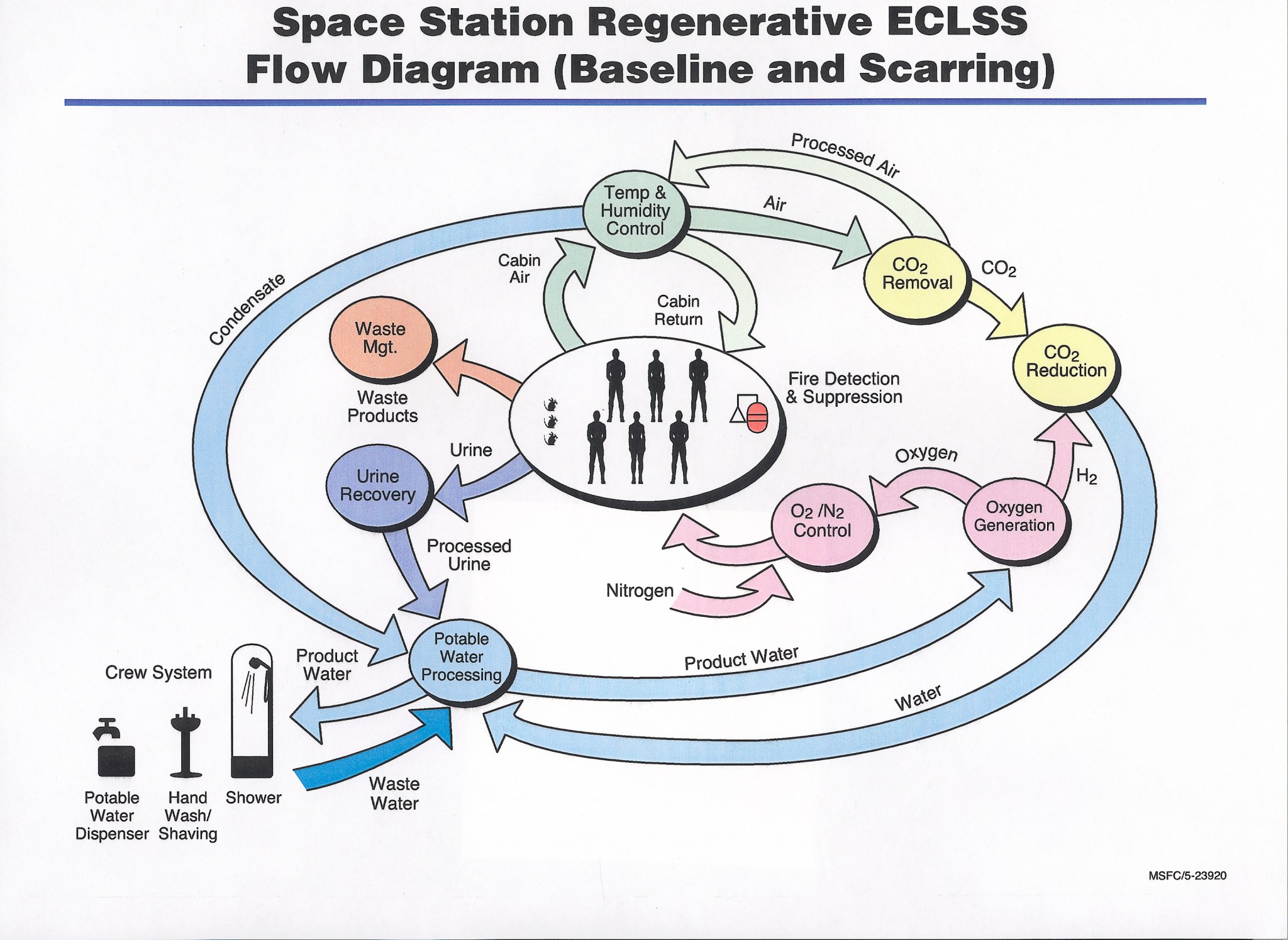
There is nothing as refreshing as a breath of fresh air or cool glass of water. On Earth, an open window or turn of the tap provides those essential pleasures, but for NASA’s deep-space journeys, it will not be that easy.
Water and oxygen for human exploration in deep space will need to be launched with the crew, recycled from the spacecraft’s atmosphere and astronauts’ waste or made using the resources of the destination — such as water ice on Mars.
Teams at NASA are using the world’s most advanced crewed spacecraft — the International Space Station — to test improvements in these fields. NASA’s Marshall Space Flight Center developed the recycling technologies of the critical life support systems on the space station. The life support systems for NASA’s Deep Space Gateway and Deep Space Transport will be based on the improvements to the systems used on the station.
“The space station is the perfect test bed,” said Robyn Gatens, team lead of environmental control and life support system maturation at NASA Headquarters.
The Environmental Control and Life Support System managed by Marshall provides astronauts with clean air, water and comfortable temperature and humidity in the spacecraft. The station’s current system recycles about 90 percent of the water and about 42 percent of the oxygen while disposing of the crew’s solid waste and the briny liquid waste left over from recycling. Resupply missions to the orbiting outpost supplement the unrecovered water and oxygen and deliver replacement components.
“We have to use different technologies if we want to close the air and water loops beyond the current system,” Gatens said. “Missions into deep space will not have the space station’s resupply capability, therefore, improvements to recycling processes and technologies are needed to fly long-duration missions.”
To reach the water recovery goal of 98 percent, researchers will test new technology to reclaim additional water from the urine brine using a process to evaporate the liquids. The evaporation causes the solids to separate out, allowing the water to be reused. The team is also investigating using reverse osmosis, a process that applies pressure to push liquid through a semipermeable membrane. This process would reduce the number of filters required to operate the water processor.
Engineers aim to reach the goal of 75 percent recycled oxygen for deep-space missions using methods that involve the reaction of hydrogen and carbon dioxide to produce solid carbon and water or acetylene and water. These candidate technologies go beyond the current system on the station that reacts carbon dioxide and hydrogen to produce methane and water, and would increase the current recovery to between 75 and 100 percent. The resulting water is split into breathable oxygen for the crew by the oxygen generation system, and the hydrogen is recycled back to react with more carbon dioxide.
Even more important than water and oxygen recycling is the robustness of the system itself. In the absence of cargo resupply missions flying replacements parts, teams must know what parts can be printed using 3-D printing technology during the mission and what spares have to be sent along from Earth. Many of the improvements in development will also extend the life of components and reduce failure rates.
Engineers plan to test the evolved system on the space station for at least two to three years to prove reliability before building the system for deep space. The greater efficiency and increased reliability from improvements to the life support system will strengthen systems in low-Earth orbit and enable continued presence in space – both near and far from humanity’s home planet.
NASA Prepares for Aug. 21 Total Solar Eclipse with Live Coverage, Safety Information
For the first time in 99 years, a total solar eclipse will occur across the entire continental United States, and NASA is preparing to share this experience of a lifetime on Aug. 21.
Viewers around the world will be provided a wealth of images captured before, during, and after the eclipse by spacecraft, NASA aircraft, high-altitude balloons and the astronauts aboard the International Space Station — each offering a unique vantage point for the celestial event.
NASA Television will air a multi-hour show, Eclipse Across America: Through the Eyes of NASA, with unprecedented live video of the event, along with coverage of activities in parks, libraries, stadiums, festivals and museums across the nation, and on social media.
Coast to coast, from Oregon to South Carolina, 14 states will — over a span of almost two hours — experience more than two minutes of darkness in the middle of the day. When the moon completely blocks the sun, day will turn into night and make visible the otherwise hidden solar corona, the sun’s atmosphere. Bright stars and planets also will become visible. Using specialized solar viewing glasses or other equipment, all of North America will be able to view at least a partial eclipse lasting two to four hours.
“Never before will a celestial event be viewed by so many and explored from so many vantage points — from space, from the air, and from the ground,” said Thomas Zurbuchen, associate administrator of NASA’s Science Mission Directorate. “With our fellow agencies and a host of scientific organizations, NASA will continue to amplify one key message — Take time to experience the Aug. 21 eclipse, but experience it safely.”
The only safe way to look directly at the uneclipsed or partially eclipsed sun is through special-purpose solar filters, such as eclipse glasses or handheld solar viewers. For more safety information, click here.
Also, many researchers and citizen scientists will take advantage of this unique opportunity to study our sun, solar system and Earth under rare circumstances. The sudden blocking of the sun during an eclipse reduces the light and changes the temperature on the ground, creating conditions that can affect local weather and animal behavior.
As a source of light and heat for life on Earth, scientists want to understand how our sun works, why it changes and how these changes influence life on Earth. The sun’s constant stream of solar material and radiation can impact spacecraft, communications systems and orbiting astronauts.
“Eclipse 2017 provides an incredible opportunity to engage the entire nation and the world, inspiring learners of all ages who have looked to the sky with curiosity and wonder,” said Steven Clarke, director of NASA’s Heliophysics Division.
I am Building SLS: Heather Haney
As a child, NASA engineer Heather Haney wanted to help send explorers to space. Now she’s doing just that, leading a team testing elements of the world’s most powerful rocket — the Space Launch System — so her little girl will have new opportunities to push the boundaries of space exploration.
As an engineer in the Space Launch System stages office, I’m part of the team making sure the world’s most powerful rocket is strong enough to handle the extreme forces of spaceflight. I lead a team preparing parts of the rocket for integrated testing at NASA’s Marshall Space Flight Center. I focus on elements including the intertank and the engine section, known as dry structures because they don’t hold fuel. These structures must be ready to endure the brute force of liftoff; they’re attached to the engines and solid rocket boosters delivering the 8.8 million pounds of thrust needed to loft SLS into space.
My job involves coordinating efforts among the people building, moving and testing these structures crucial to launching SLS on unprecedented new exploration missions. I ensure every technician, test engineer and contractor is ready for these vital structural tests. Our analysis will show if SLS can survive the extreme environments it will face during launch and while carrying astronauts on new missions, going farther from home than humans have ever before traveled. I’m so proud to help make that happen.
I grew up not far from Marshall near Athens, Alabama. I was crazy about the space shuttle as a kid, and I knew I wanted to be among the workers who help America’s astronauts travel safely to space and back. I decided to become an engineer like my dad, who worked at Browns Ferry nuclear plant near Athens. I earned my degree in mathematics from Troy State University in Troy, Alabama in 1998 and my engineering degree from Auburn University in Alabama in 2000. I joined the Marshall team in 2001.
Today, my life is very full. I’m the mother of a 1-year-old. I run triathlons and volunteer with my certified therapy dog — a black lab named Bear — at schools, hospitals and care facilities. I run the Will Haney Foundation, a cancer research charity founded in memory of my brother Will, who died in 2011 of a rare form of cancer called Rhabdomyosarcoma.
I’m so proud of my team’s contributions to NASA’s mission. I hope one day my little girl will watch an SLS launch with her classmates and get as excited as I did watching the shuttle fly all those years ago. I can’t imagine passing on a more worthy passion.
Chandra Samples Galactic Goulash
What would happen if you took two galaxies and mixed them together over millions of years? A new image including data from NASA’s Chandra X-ray Observatory reveals the cosmic culinary outcome.
Arp 299 is a system located about 140 million light years from Earth. It contains two galaxies that are merging, creating a partially blended mix of stars from each galaxy in the process.
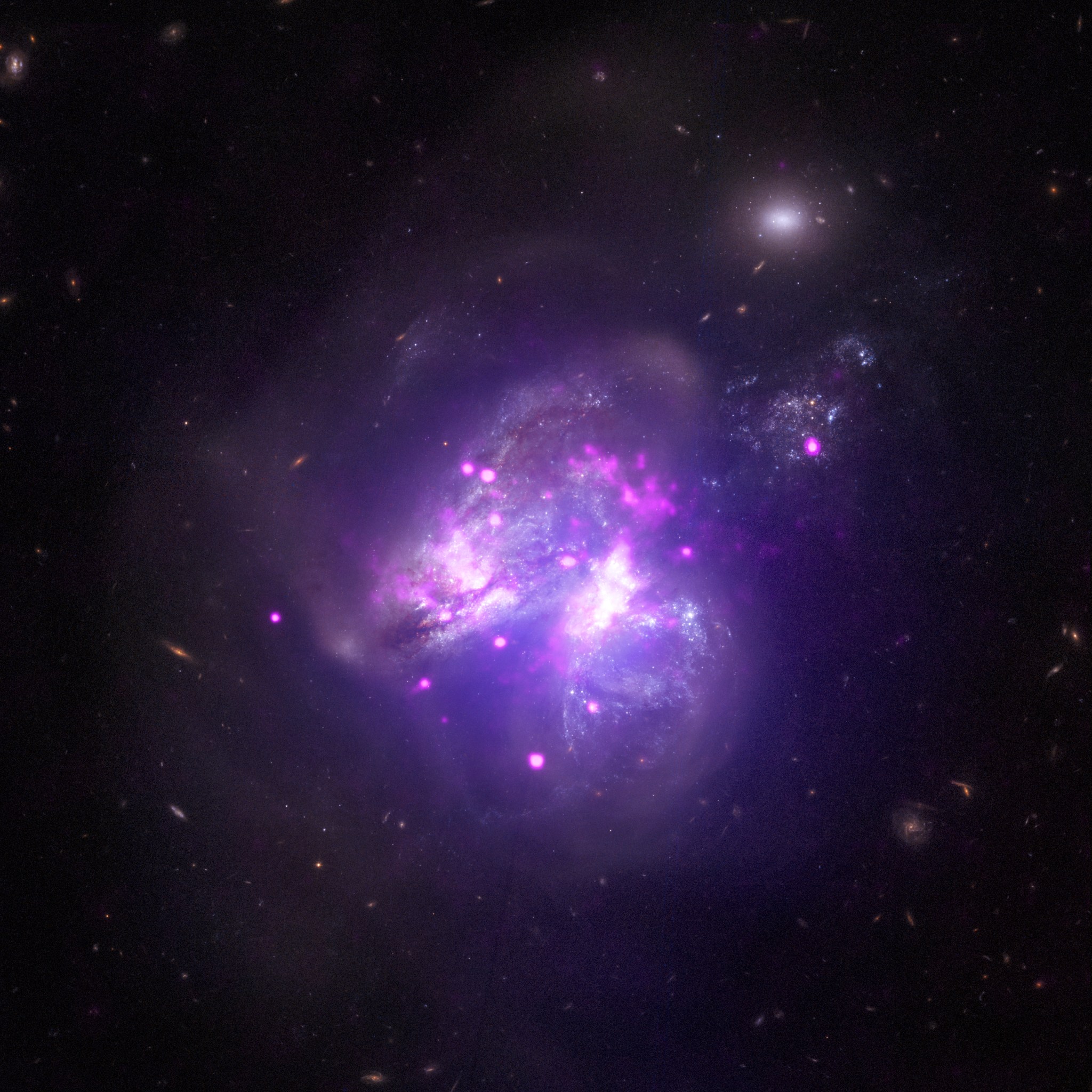
However, this stellar mix is not the only ingredient. New data from Chandra reveals 25 bright X-ray sources sprinkled throughout the Arp 299 concoction — 14 of which are such strong emitters of X-rays that astronomers categorize them as “ultra-luminous X-ray sources,” or ULXs.
These ULXs are found embedded in regions where stars are currently forming at a rapid rate. Most likely, the ULXs are binary systems where a neutron star or black hole is pulling matter away from a companion star that is much more massive than the sun. These double star systems are called high-mass X-ray binaries.
Such a loaded buffet of high-mass X-ray binaries is rare, but Arp 299 is one of the most powerful star-forming galaxies in the nearby universe. This is due at least in part to the merger of the two galaxies, which has triggered waves of star formation. The formation of high-mass X-ray binaries is a natural consequence of such blossoming star birth as some of the young massive stars, which often form in pairs, evolve into these systems.
This new composite image of Arp 299 contains X-ray data from Chandra — shown in pink, higher-energy X-ray data from NuSTAR — shown in purple, and optical data from the Hubble Space Telescope — shown in white and faint brown. Arp 299 also emits copious amounts of infrared light that has been detected by observatories such as NASA’s Spitzer Space Telescope, but those data are not included in this composite.
The infrared and X-ray emission of the galaxy is remarkably similar to that of galaxies found in the very distant universe, offering an opportunity to study a relatively nearby analog of these distant objects. A higher rate of galaxy collisions occurred when the universe was young, but these objects are difficult to study directly because they are located at colossal distances.
The Chandra data also reveal diffuse X-ray emission from hot gas distributed throughout Arp 299. Scientists think the high rate of supernovas, another common trait of star-forming galaxies, has expelled much of this hot gas out of the center of the system.
A paper describing these results appeared in the Aug. 21 issue of the Monthly Notices of the Royal Astronomical Society and is available online. The lead author of the paper is Konstantina Anastasopoulou from the University of Crete in Greece. NASA’s Marshall Space Flight Center manages the Chandra program for NASA’s Science Mission Directorate. The Smithsonian Astrophysical Observatory in Cambridge, Massachusetts, controls Chandra’s science and flight operations.
Marshall Spinoff Keeps Your Mobile Devices Cool in the Heat of Summer
By Will Bryan
The heat of summer has arrived. Kids are splashing in the pool. Lightening bugs fly over yards at night like flying lanterns on a grassy dance floor. During the day, sunshields in cars turn parking lots into a spectacle of color and designs.
While summer is welcome to many, especially school-free kids and beach-happy adults, the heat poses many risks to not only people but also electronics. Helping keep your cell phones and tablets cool on those hot summer days is a spinoff that owes its origin to NASA’s Marshall Space Flight Center — metallized polyethylene terephthalate, or MPET, more commonly known as the space blanket. MPET was originally developed in the 1960s to protect spacecraft and their inhabitants from the extreme temperatures of space.
Electronic devices are susceptible to significant losses in battery performance and are at risk for permanent damage when in direct sunlight and in environments warmer than 95 degrees Fahrenheit.
The spinoff is a specialized case for cell phones, laptops and other mobile devices called the Salt Case. Invented by Nick Blanton — founder of Salt Cases based in Portland, Maine — the tri-layer case protects electronic devices from the extreme heat of summer and extreme cold of winter. Environments colder than 32 degrees can also damage devices.
The outermost layer contains the Marshall-developed MPET. The layer reflects incoming radiation away from the device inside while trapping device-generated heat inside the case. The former helps ensure the device does not overheat during the summer; the latter ensures the device does not freeze during the winter.
The case’s middle layer minimizes conductive heat transfer — heat exchange from direct contact. The innermost layer provides an air pocket, trapping heat. A microsuede material protects the device from being scratched by the case.
Blanton developed the Salt Case after his cell phone froze while skiing one winter, and, a few months later, overheated in his car. Multiple versions of a protective case were built and tested by outdoorsman across the country with the one containing the space blanket material winning out.
Blanton envisioned the cases would be used by extreme sport enthusiasts and outdoorsmen who are no strangers to harsh, unforgiving environments. What he was not expecting was the interest from government workers who have to leave their personal devices in their cars while at work due to security issues. Interest has come from all over the world, including from the Middle East where the temperatures fluctuate significantly from day to night.
The case harkens back to the original purpose of the MPET material: protect electronics from harsh environments. From exploring the surface of the moon to the ripping down ski slopes of the Rockies, the popular space blanket material has done just that. The Salt Case is another use of the technology, and MPET continues to be a lasting reminder of the power of innovation by the Marshall team.
If you have a technology that could spin off into a world of innovations, submit a New Technology Report. As Terry Taylor, manager of Marshall’s Technology Transfer Office explains, “The agency holds more than 1,400 patents and makes them available to industry through its patent licensing program. These inventions generate revenue, create jobs, save lives and show a clear return on investment for the nation’s space program.”
Bryan, an ASRC Federal/Analytical Services employee, supports the Office of Strategic Analysis & Communications.
This Week in NASA History: Apollo AS-203 Launches — July 5, 1966
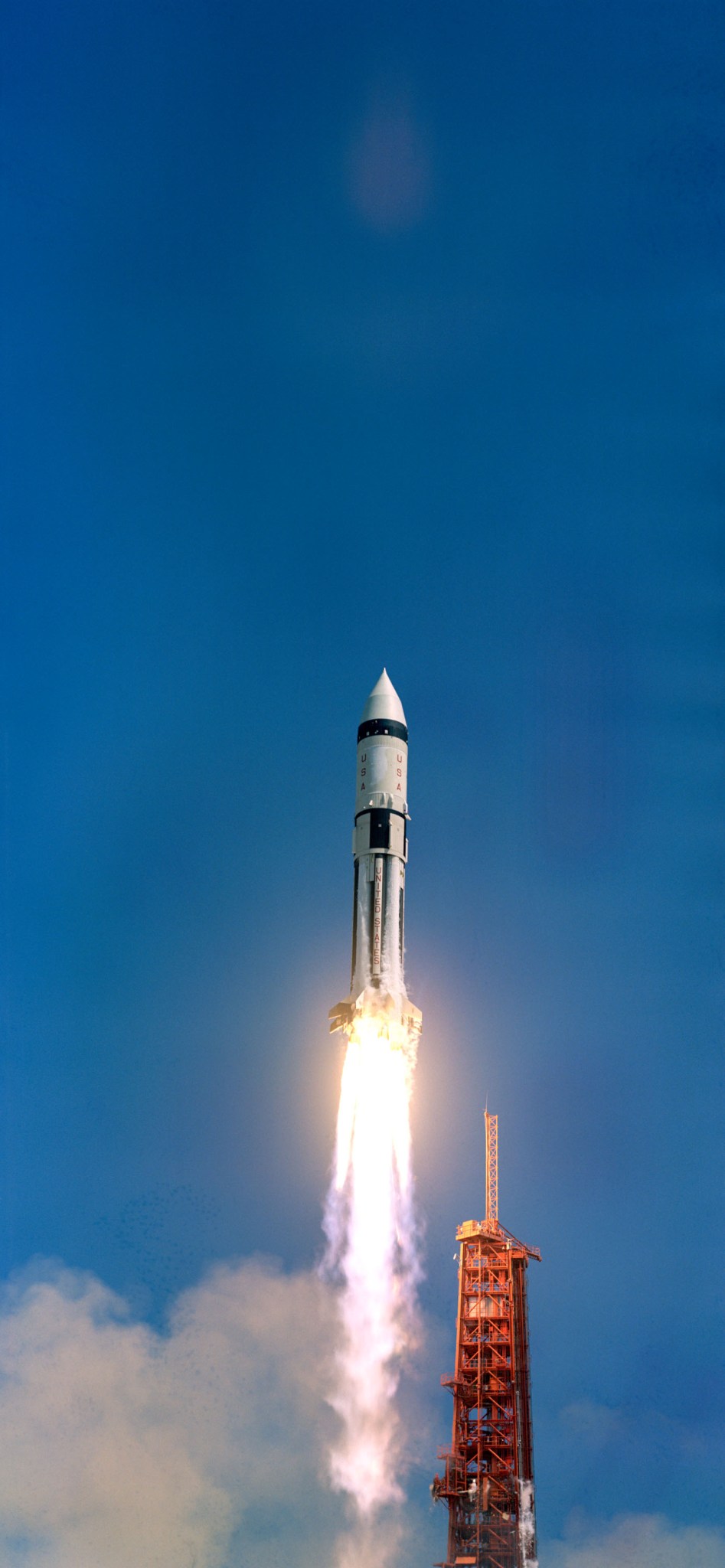
This week in 1966, the AS-203 rocket launched from NASA’s Kennedy Space Center. The Apollo AS-203 mission was an uncrewed test of the vehicle’s second stage, the S-IVB stage, and the instrument unit of the Saturn V to obtain flight information under orbital conditions. The configuration of the Saturn IB was designed to match the Saturn V as closely as possible. NASA’s Marshall Space Flight Center designed, developed and managed the production of the Saturn I and the Saturn V rocket that took astronauts to the moon. Today, Marshall is developing NASA’s Space Launch System, the most powerful rocket ever built that will be capable of sending astronauts deeper into space than ever before, including to Mars. The NASA History Program is responsible for generating, disseminating, and preserving NASA’s remarkable history and providing a comprehensive understanding of the institutional, cultural, social, political, economic, technological, and scientific aspects of NASA’s activities in aeronautics and space. For more pictures like this one and to connect to NASA’s history, visit the Marshall History Program’s webpage. (NASA)
Obituaries
Bernard B. Shields, 93, of Decatur, Alabama, died June 21. He retired from the Marshall Center in 1984 as a space sciences lab engineer. He is survived by his wife, Jane Blake.
John D. Brown, 92, of Huntsville, died June 24. He retired from the Marshall Center in 1994 as a program analyst.


